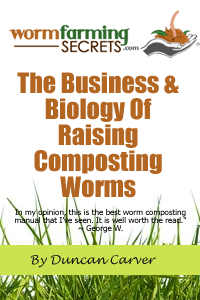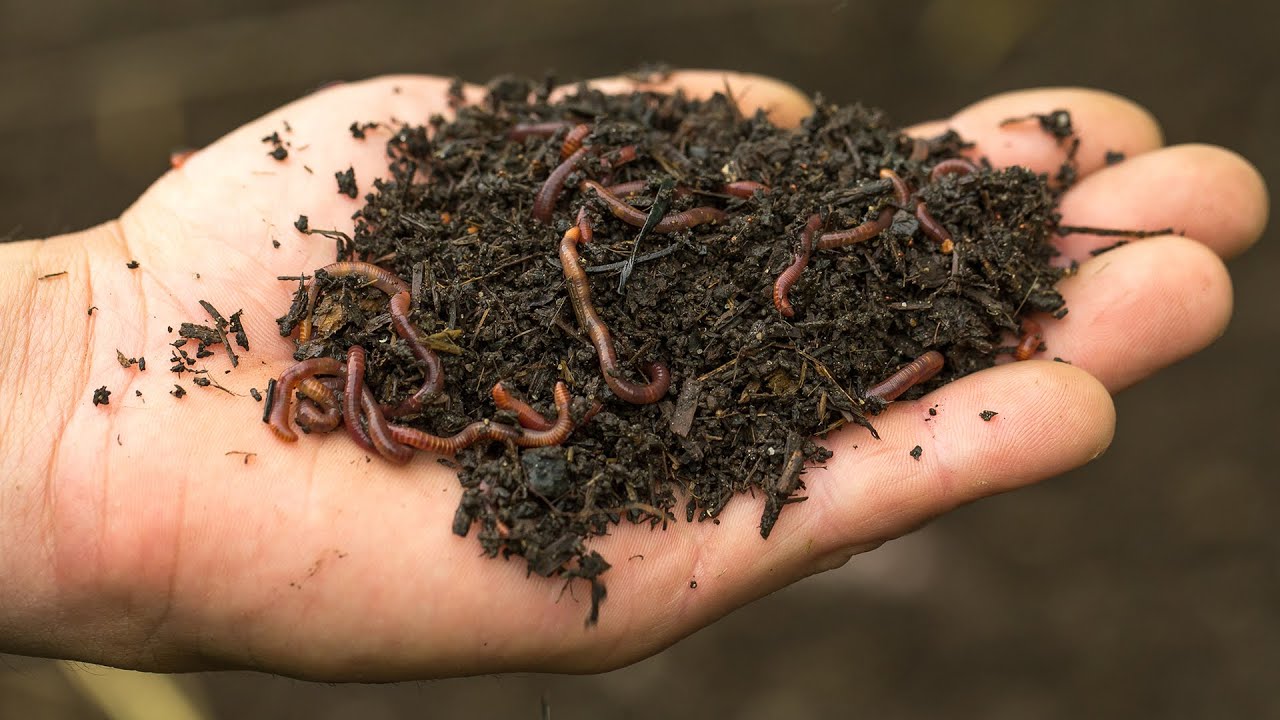“Hi there! I’ve recently set up a composting bin in my backyard, and it’s been a fascinating process so far. One thing that piqued my curiosity is how the worms in my bin manage to find mates. With all the decomposing material and density of worms, how do they actually locate one another? Could you explain this a bit more? I’m working on making my composting process as efficient as possible. Thanks a ton!” Thanks, Susan, Vancouver, Canada.
How Do Worms Find Mates In A Composting Bin?
Hey Susan, that’s an excellent question! Understanding how worms find mates in a composting bin can really enhance your appreciation of the composting process and potentially make your system even more effective. Here’s everything you need to know.
Understanding Worm Biology
Before diving into the nitty-gritty, let’s start with some basics about worm biology. Worms are hermaphrodites, which means each worm has both male and female reproductive organs. This significantly increases their chances of successful reproduction as any two worms that meet can mate. However, the process is still quite fascinating and specific.
Sensory Perception
Worms don’t have eyes or ears, but they are incredibly adept at sensing their environment. They utilize several sensory organs and methods to find mates:
- Chemical Cues: Worms release pheromones, which are chemical signals that other worms can detect. These chemical cues are crucial for worms to identify and locate potential mates in their environment.
- Touch: Worms have a highly developed sense of touch. Their skin can detect contact with other worms or objects in their surroundings, helping them to navigate and find partners for mating.
- Vibration and Moisture: Worms are sensitive to vibrations and changes in moisture levels. Movement from other worms and wet spots in the compost can give clues about the presence of potential mates.
Worm Communication and Interaction
When two worms meet, whether by following chemical cues or through touch, they communicate and assess compatibility for mating. This interaction involves a series of physical contacts and exchanges:
- Alignment: Worms align themselves ventrally (belly to belly) to ensure proper contact with each other’s reproductive organs. This alignment is critical for successful reproduction.
- Clitellum Function: The clitellum, a thickened, glandular section of their bodies, plays a significant role in reproduction. It secretes mucus to create a cocoon where eggs and sperm can be deposited.
- Exchange of Sperm: During mating, worms exchange sperm. This process can take several hours and requires both worms to be in close and stable contact.
- Cocoon Formation: Once the sperm exchange is complete, each worm forms a cocoon containing the fertilized eggs. These cocoons are then deposited in the compost where they develop into baby worms.
Environmental Factors Impacting Mating
The environment within your composting bin significantly affects worm mating behavior. Here are some factors that can influence their mating success:
- Temperature: Worms prefer moderate temperatures, typically between 55°F and 77°F (13°C to 25°C). Too hot or too cold conditions can affect their ability to move and find each other.
- Moisture: Keeping the composting bin adequately moist is essential. Worms use moisture levels to move and cannot function efficiently in dry conditions.
- pH Levels: Worms thrive in slightly acidic to neutral pH levels (around 6.5 to 7). Extreme pH levels can deter them from mating.
- Density: High worm density in the bin increases the chances of worms encountering each other and mating successfully.
Optimizing Your Compost Bin for Worm Mating
Making your composting bin efficient for worm reproduction involves monitoring and adjusting several factors:
- Consistent Monitoring: Regularly check the temperature, moisture, and pH levels of your composting bin. Use a thermometer, moisture meter, and pH testing strips for accurate readings.
- Adequate Space: Ensure your bin is spacious enough to allow worms to navigate easily while keeping it densely populated. Introducing additional bedding periodically can help maintain this balance.
- Diverse Food Sources: Provide a variety of organic material to keep the worms healthy and active. Kitchen scraps, egg cartons, and shredded newspaper can all contribute to a balanced diet.
- Avoid Disturbances: Try not to disturb the bin too much when worms are mating. Gentle turning of the compost is okay, but constant disruption can impact their mating process.
Common Issues and Solutions
Sometimes, even with the best care, issues can arise that impact worm mating. Here are some common problems and how to address them:
- <strong<problem: Low Worm Activity</strong<problem:
- Solution: Verify that the temperature and moisture levels are within the optimal range. Adjust as needed to create a more hospitable environment.
- Problem: Overly Dry or Wet Bedding
- Solution: If the compost is too dry, lightly spray it with water. If it’s too wet, add dry materials like shredded cardboard to absorb excess moisture.
- Problem: Unbalanced pH
- Solution: Test the pH and add lime to raise it or acidic materials to lower it. Avoid adding acidic foods like citrus until the pH stabilizes.
Susan, ensuring the new bin has the right conditions will help maintain a healthy worm population that can effectively break down compost material. Maintaining balance is the key, so regular checks and adjustments make a big difference.
Final Thoughts…
Susan, thanks for bringing up such a thought-provoking question! Worms in a composting bin rely heavily on chemical cues, touch, and environmental conditions to locate mates. By creating an environment that supports these natural behaviors, your composting process can become even more efficient and productive. Best of luck with your composting journey, and don’t hesitate to reach out if you have more questions!



